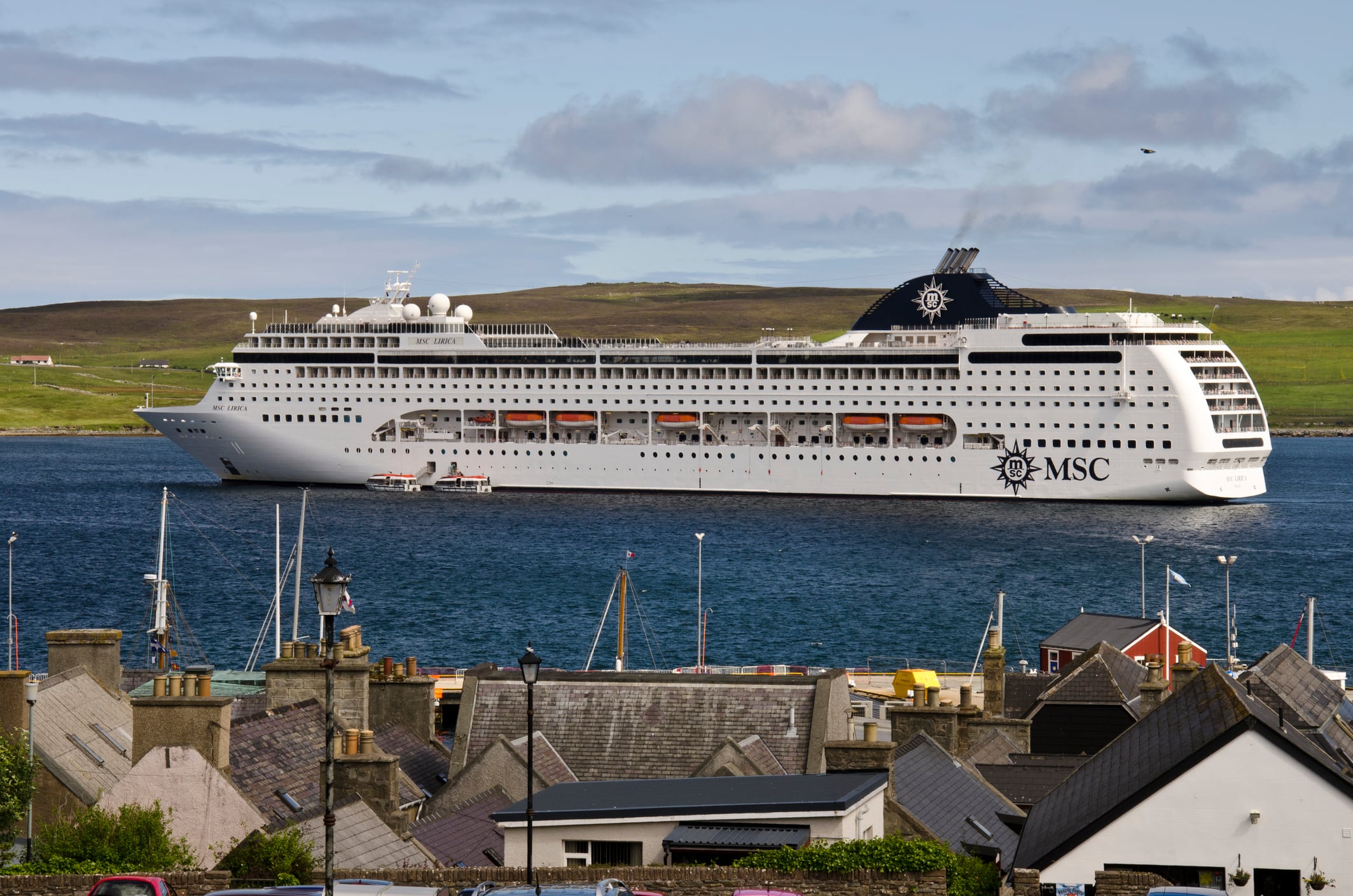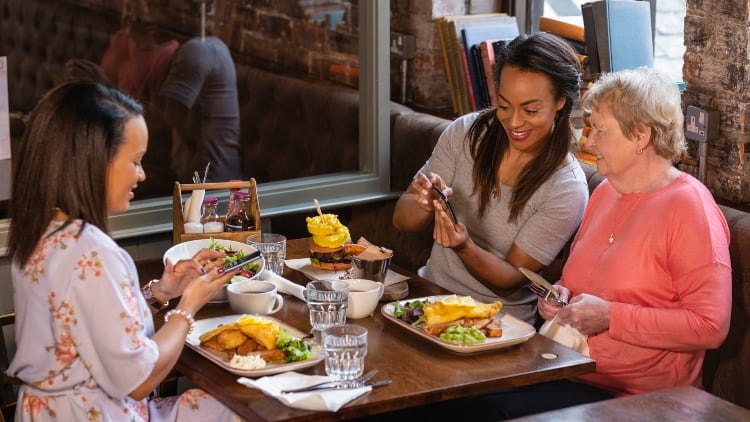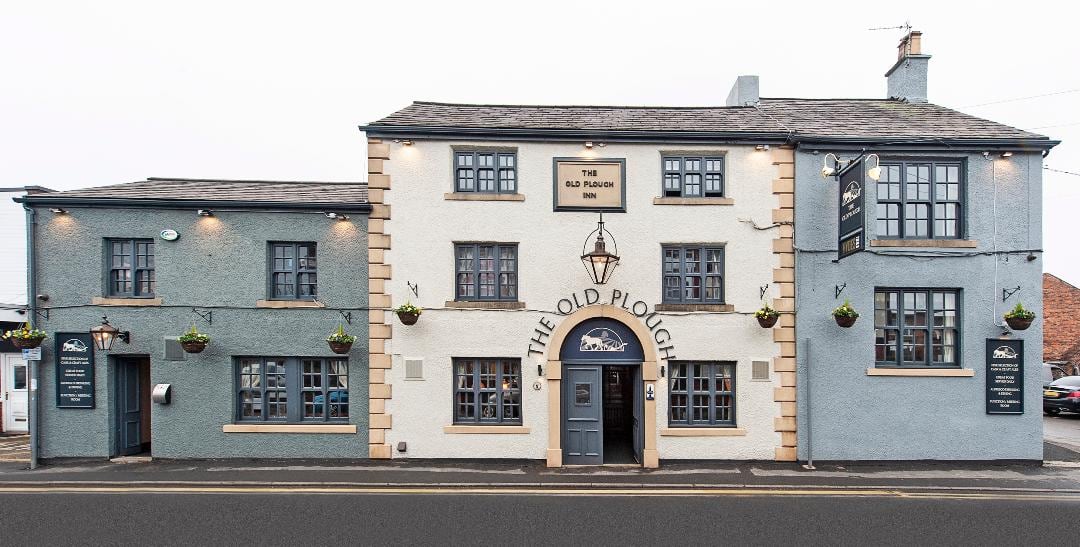But as The Morning Advertiser editor Ed Bedington rightly called out, “most pubs, during the week and even on weekends, are like ghost ships after 9pm”.
That got me curious – and given that Hospitality Data Insights tracks day-by-day, site-by-site spending behaviour across more than 140,000 UK hospitality venues using data from 10.2m consumers, we’re well placed to check whether the policy had any noticeable effect.
The short answer? Not really.
Sales down
Pubs and bars’ sales on VE Day (Victory in Europe) on Thursday 8 May were actually down versus the previous three Thursdays – including a 2% decline versus 24 April (a regular Thursday with no bank holiday distractions) and double-digit drops versus dates leading into the Easter and Early May bank holiday weekends. It looked and felt more like a damp squib than a national celebration.
Time-of-day analysis from our panel helps explain why. Just 7% of pubs and bars’ sales take place between 11pm and 1am over a typical week. That number is even lower midweek and, while it rises slightly at weekends, it’s still a minority of spend. In contrast, almost 80% of sales come before 9pm, suggesting if you want to give the trade a meaningful boost, an extra couple of late-night hours probably isn’t the answer.
Naturally, these averages vary by location. I’m writing this en route to Devon, where the local pubs and bars in Budleigh Salterton see 83% of their sales pre-9pm and less than 2% post-11pm. Hardly the hotbed of late-night VE Day revelry.
More broadly, pubs and bars remain the biggest sector in UK hospitality – accounting for around 30% of market spend – but they are under pressure. Delivery now represents 16.2% of all hospitality spend (up 0.5 percentage points year-on-year), with casual dining and branded pub-restaurants losing share. In a market where people can get quality food and drink delivered to their door, pubs need to work harder than ever to offer something worth going out for.
Outperformance by rural pubs
But it’s not all doom and gloom. In fact, our data tells a more nuanced story. Pubs in rural areas have been outperforming the wider sector, with quarterly performance between Q2 2024 and Q1 2025 improving over time. Local relevance, character and the ability to deliver consistent quality still resonate.
Looking at the top 20 high street operators, we’re seeing winners across all tiers – from value to premium – showing that it is possible to win in this market. The common thread? The best-performing businesses are those who deeply understand their customers, competitors and local markets – and who use that insight to deliver a great experience, day in and day out.
It’s a challenging trading environment, no question, but it’s also one that rewards those who focus on delivering ‘value for experience’ – and that’s a far more sustainable boost than an extra two hours’ trading when most customers are already home in bed.




